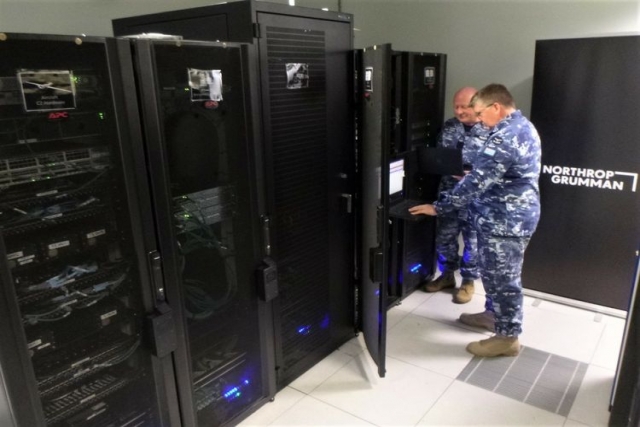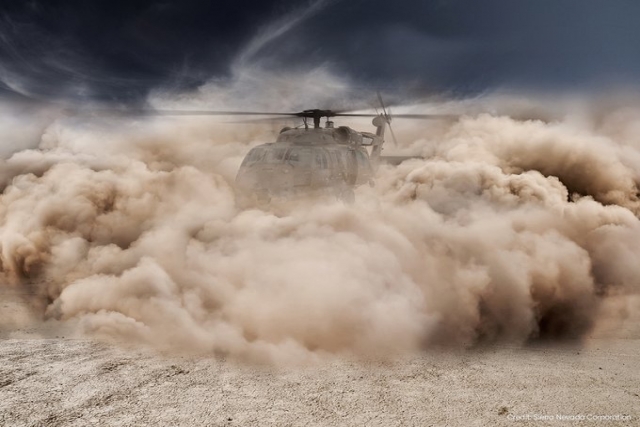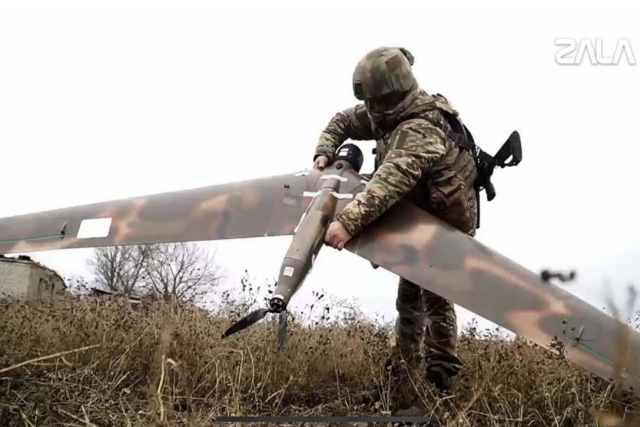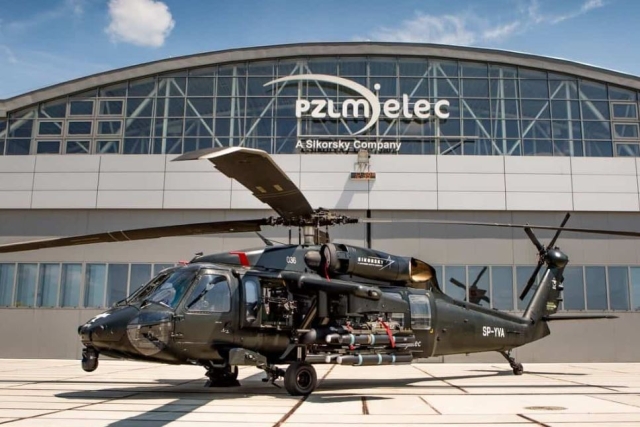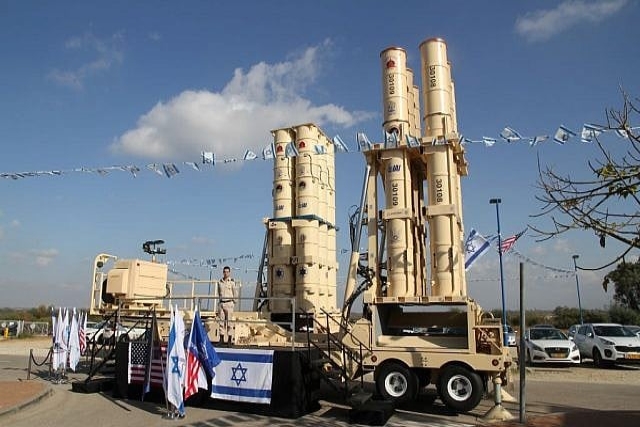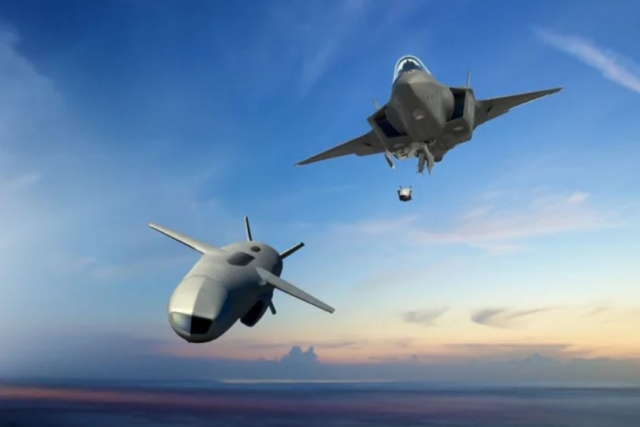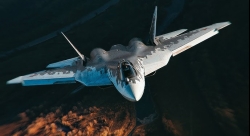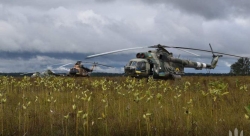U.S. Air Force Opens Extreme Climate Simulation Chamber for Human and Equipment Testing
New facility allows extreme climate simulation for human performance, equipment, and sensor evaluations
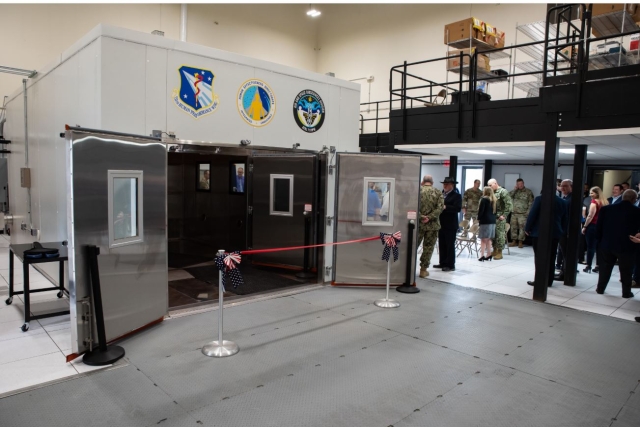
The U.S. Air Force Research Laboratory (AFRL) held a ribbon-cutting ceremony on May 27, 2025, to unveil its new Research Environmental Chamber (REC), a high-tech facility designed to test human performance and military equipment under simulated extreme weather conditions.
The REC is located within AFRL’s Human Effectiveness Directorate at Wright-Patterson Air Force Base and will be used to evaluate how warfighters and systems operate in a range of simulated climates. Capable of simulating temperatures from minus 60 to 130 degrees Fahrenheit and humidity levels from 10% to 95%, the chamber can also produce rain at a rate of 4 inches per hour.
The new chamber supports up to four human test subjects and includes features such as grated floors, access ports, and a removable chemical distribution system. Its floor and entryway are rated to withstand equipment weighing up to 600 pounds per square foot.
Dr. Jennifer Schwanekamp-Kerr, primary investigator for the REC, emphasized the importance of testing under realistic environmental stressors.
“Understanding performance limitations of the warfighter and the equipment they use in extreme operational environments is necessary to develop mitigation strategies, ensuring mission success,” she said.
“A significant focus area will be testing chemical and environmental sensors,” she added. “It’s about ensuring that your sensors are going to work where you want to send them before you ship equipment to a deployed environment.”
The REC also connects with other research facilities at Wright-Patterson AFB, including the Research Altitude Chamber, centrifuge, Kraken, and Darwin chambers, forming a comprehensive hub for physiological and environmental research.
“This facility plays an important role in maintaining our nation’s science and technology research infrastructure for air and space,” said Brig. Gen. Jason E. Bartolomei, AFRL Commander.
AFRL’s 711th Human Performance Wing combines research with medical expertise through its Human Effectiveness Directorate and the U.S. Air Force School of Aerospace Medicine, aiming to ensure Airmen and Guardians operate at peak performance.
According to Dr. Gaurav Sharma, chief scientist of the 711th Human Performance Wing: “Our scientists and engineers are conducting research in these controlled environments to optimize human performance and equipment effectiveness, benefiting Airmen and Guardians in challenging operational settings like the Arctic and Pacific.”
